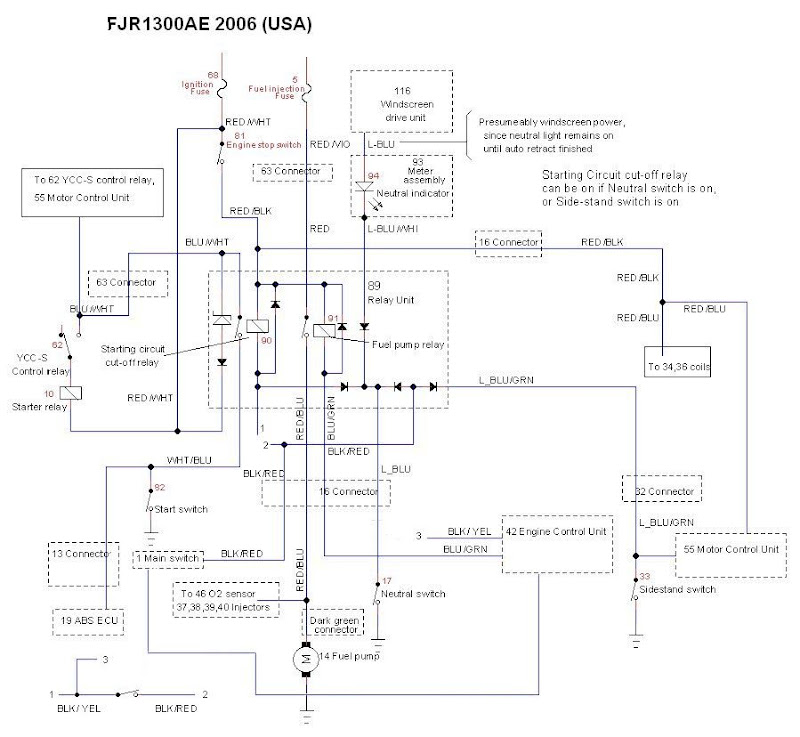S76
Well-known member
Took the bike out for the first time today. Should have stayed home. Leaving the driveway when I shifted to 2nd the engine died. WT? Stupid sidestand I thought. Cycles the side stand a few times bike started and ran fine. Nervous at this point I rode up and down the road with in pushing distance to home. No further problems. Went and got gas and rode about 3 miles away from home and it died dead. Assuming it was the side stand switch, on the side of the road, I cut the switch wires and twisted them together. Again, starts right up in neutral, neutral light is on, but as soon as I shift to 1st it dies. It will also die when the clutch is in or out when putting it in gear, makes no difference.
The up side is a nice guy stopped, went home to get his trailer and brought me and biotch home. He rides a Victory. I'm going to get him a resturant gift certificate for sure.
I thought I read a thread on this same situation but cannot find it now. Is this a problem with the shift indicator switch in the trans?
:angry2:
The up side is a nice guy stopped, went home to get his trailer and brought me and biotch home. He rides a Victory. I'm going to get him a resturant gift certificate for sure.
I thought I read a thread on this same situation but cannot find it now. Is this a problem with the shift indicator switch in the trans?
:angry2:























































